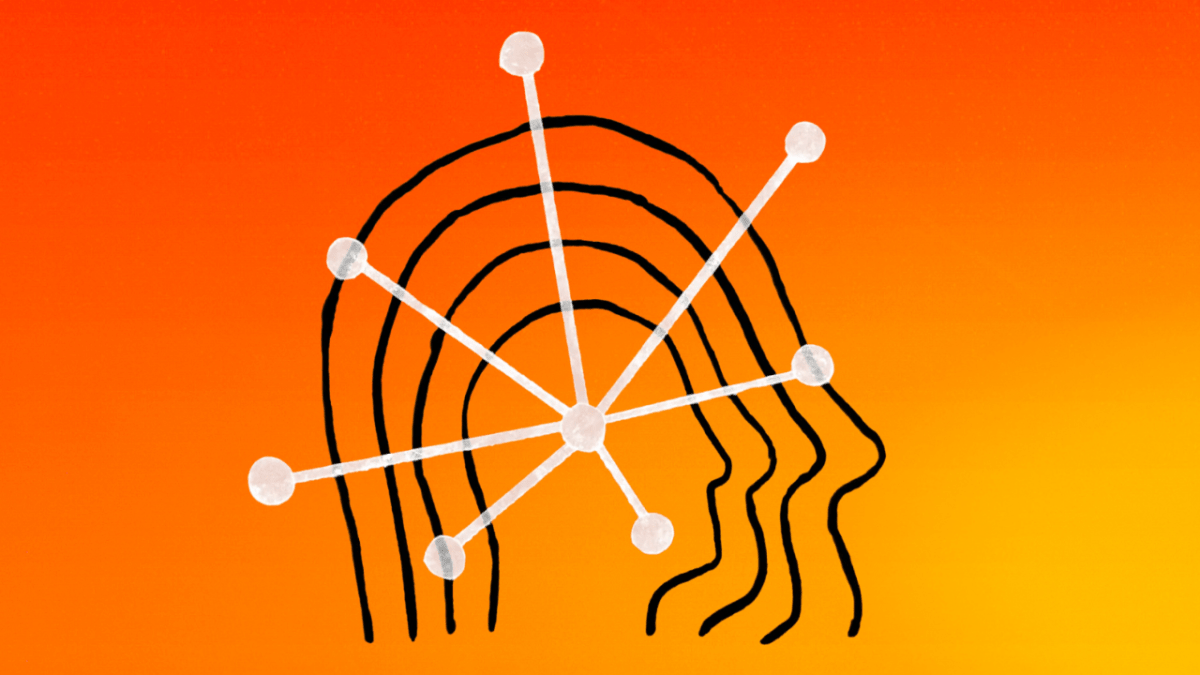AI Uncovers Evolutionary Patterns Predicted by Darwin and Wallace – Neuroscience News
Summary: A new AI-powered study explores the evolutionary differences between male and female bird-wing butterflies, shedding new light on a historic debate between Charles Darwin and Alfred Russel Wallace.
Using machine learning to analyze over 16,000 butterfly specimens, the researchers found that both sexes contribute to species diversity. Males often show more variation, supporting Darwin’s theories of sexual selection, while subtle variations in females are consistent with Wallace’s ideas on natural selection.
These findings expand on classical theories by showing how the two mechanisms work together to drive biodiversity.
Key facts:
- AI analyzed over 16,000 male and female birdwing butterflies for evolutionary patterns.
- Males showed more variation, supporting Darwin’s theory of sexual selection.
- Subtle variations in females are consistent with Wallace’s theory of natural selection.
Source: University of Essex
Pioneering AI research on butterflies has probed the understudied evolution of females and adds to a debate between the founding fathers of evolution.
University of Essex study – published in Biology of communications – explores a controversy between Victorian scientists Charles Darwin and Alfred Russel Wallace.
Darwin thought that males had more variation, as females often chose mates based on male appearance.
While Wallace thought that natural selection between the sexes was the biggest factor in change.

For more than a century, scientists have mainly studied males because their differences are more obvious, while females, with more subtle evolutionary changes, were less studied.
Using high-tech machine learning, Dr Jennifer Hoyal Cuthill examined more than 16,000 male and female birdwing butterflies, with collaborators from the Natural History Museum and AI research institute Cross Labs, Cross Compass.
This is the first time visual differences between the sexes have been explored across the species, which live in Southeast Asia and Australasia.
Birdwing butterflies were chosen for this study because of their spectacular wing color patterns and differences between males and females.
Dr Hoyal Cuthill, from the School of Life Sciences, said: “This is an exciting time, when machine learning is enabling new, large-scale tests of long-standing questions in evolutionary science.
“For the first time we are able to measure the apparent extents of evolution to test how much variation is present in different biological groups and between males and females.
“Machine learning is giving us new information on the evolutionary processes that generate and maintain biodiversity, including historically neglected groups.”
The study looked at photographs of butterflies from Natural History Museum collections, which show a range of traits, such as wing shapes, colors and patterns, in several species.
He found that while males often have more distinct shapes and patterns, both males and females contribute to the overall diversity.
The research showed that the evolutionary patterns predicted by Darwin and Wallace were found in butterflies.
Showing that both males and females contribute to the diversity between species.
Males showed more variation in appearance, which fits with Darwin’s idea that females choose mates based on these traits.
However, deep learning also found subtle differences in females, matching Wallace’s predictions about natural selection allowing for diversity in female phenotypes.
Dr Hoyal Cuthill said: “Birdwings have been described as among the most beautiful butterflies in the world. This study gives us new insights into the evolution of their extraordinary but endangered diversity.
“In this case study of bird wing butterfly photographs, it is sex that appears to have driven the greatest evolutionary change, including extreme male shapes, colors and patterns.
“However, within the group of bird butterflies, we found contrasting examples where female bird butterflies are more diverse in apparent phenotype than males, and vice versa.
“The high apparent diversity among male butterflies supports the importance of real-word sexual selection by female mate choice over male variation, as first suggested by Darwin.
“Cases where female butterflies are significantly more diverse than males of their species support an additional, important role for naturally selected female variation in inter-species diversity, as suggested by Wallace.
“Large-scale studies of evolution using machine learning offer new opportunities to resolve debates that have been outstanding since the foundation of evolutionary science.”
About this evolution and AI research news
Author: Ben Hall
Source: University of Essex
Contact: Ben Hall – University of Essex
Image: Image is credited to Neuroscience News
Original research: Open access.
“Male and Female Contributions to Diversity Among Avian Butterfly Images” by Jennifer Hoyal Cuthill et al. Biology of communications
ABSTRACT
Male and female contributions to diversity among avian butterfly images
Machine learning (ML) newly enables tests for higher inter-species diversity in apparent phenotype (disparity) between males versus females, predictions made by Darwinian sexual selection versus Wallacean natural selection, respectively.
Here, we use ML to quantify variation in a sample of > 16,000 dorsal and ventral photographs of sexually dimorphic birdwing butterflies (Lepidoptera: Papilionidae).
Validation of image embedding distances learned by a triple-trained deep convolutional neural network shows that ML can be used for automated reconstruction of phenotypic evolution by achieving measures of phylogenetic congruence with genetic species trees within a range sampled among the gene trees themselves.
Quantification of the sex disparity gap (male-to-female imprinting distance), indicates sexually variable and inter-species phylogenetic disparities.
Ornithoptera illustrate high embedded male image disparity, diversification of selective optima in multipeak OU fitted models, and accelerated divergence, with cases of extreme divergence in allopatry and sympatry.
However, gender Troides shows inverted patterns, including the relatively static imprinted male phenotype, and higher female than male disparity—albeit within a presumed selective regime common to these females. The bird shapes and color patterns that are phenotypically most distinct in ML similarity are generally those of males.
However, each sex may contribute largely to the phenotypic diversity observed between species.
#Uncovers #Evolutionary #Patterns #Predicted #Darwin #Wallace #Neuroscience #News
Image Source : neurosciencenews.com


